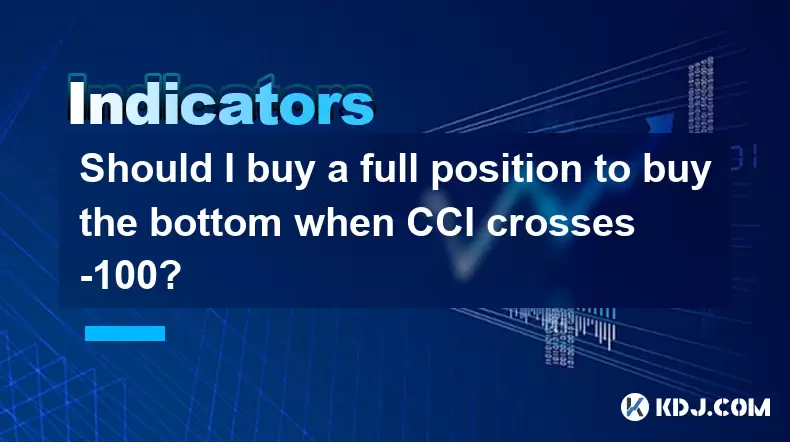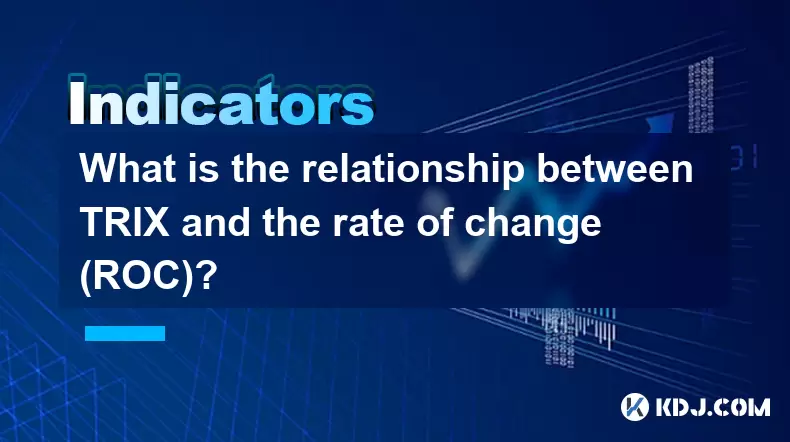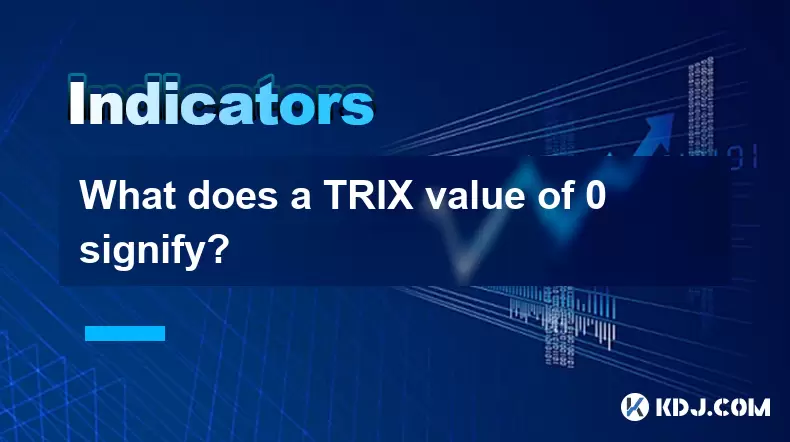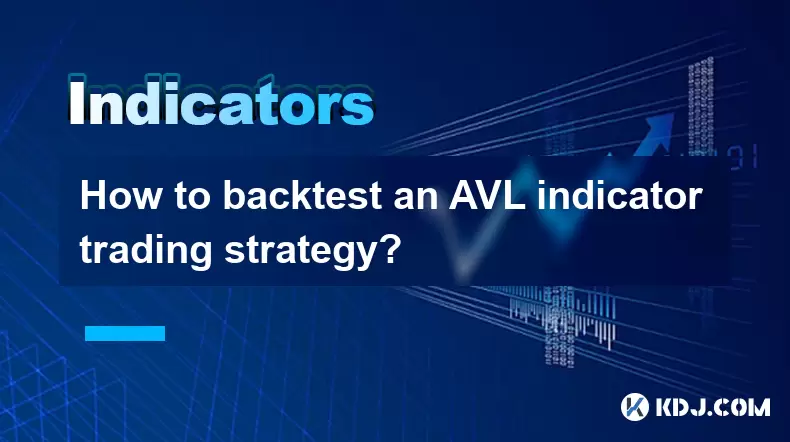-
 Bitcoin
Bitcoin $117700
-0.03% -
 Ethereum
Ethereum $3805
0.49% -
 XRP
XRP $3.098
-1.00% -
 Tether USDt
Tether USDt $1.000
0.03% -
 BNB
BNB $792.8
-1.72% -
 Solana
Solana $177.9
-1.95% -
 USDC
USDC $1.000
0.02% -
 Dogecoin
Dogecoin $0.2202
-1.55% -
 TRON
TRON $0.3278
-2.92% -
 Cardano
Cardano $0.7641
-2.43% -
 Hyperliquid
Hyperliquid $42.21
-2.68% -
 Sui
Sui $3.758
-1.58% -
 Stellar
Stellar $0.4080
-3.21% -
 Chainlink
Chainlink $17.75
-0.33% -
 Bitcoin Cash
Bitcoin Cash $591.8
4.96% -
 Hedera
Hedera $0.2561
-3.09% -
 Avalanche
Avalanche $23.34
-4.24% -
 Litecoin
Litecoin $110.7
1.96% -
 UNUS SED LEO
UNUS SED LEO $8.956
-0.01% -
 Toncoin
Toncoin $3.410
0.79% -
 Ethena USDe
Ethena USDe $1.001
0.03% -
 Shiba Inu
Shiba Inu $0.00001288
-1.82% -
 Uniswap
Uniswap $10.07
-2.06% -
 Polkadot
Polkadot $3.807
-2.27% -
 Monero
Monero $308.2
-2.15% -
 Dai
Dai $1.000
0.03% -
 Bitget Token
Bitget Token $4.521
-0.30% -
 Pepe
Pepe $0.00001134
-1.52% -
 Cronos
Cronos $0.1457
0.65% -
 Aave
Aave $274.9
-2.47%
Should I buy a full position to buy the bottom when CCI crosses -100?
The CCI crossing below -100 may signal an oversold crypto asset, but entering a full position is risky—always confirm with volume, RSI, and price action before trading.
Jul 30, 2025 at 04:35 am

Understanding the CCI Indicator in Cryptocurrency Trading
The Commodity Channel Index (CCI) is a momentum-based oscillator widely used in cryptocurrency trading to identify overbought and oversold conditions. Originally developed for commodities, the CCI has proven effective in volatile digital asset markets. The indicator fluctuates around a zero line and typically ranges between -100 and +100 under normal market conditions. When the CCI crosses below -100, it signals that the asset may be oversold, potentially indicating a bottoming phase. However, this signal alone does not guarantee a reversal. Traders must consider the broader context, including market structure, volume, and other confirming indicators, before interpreting the CCI reading as a definitive buy signal.
It is crucial to recognize that CCI readings below -100 do not automatically mean a price reversal is imminent. In strongly trending bear markets, the CCI can remain below -100 for extended periods, leading to premature entries if acted upon without confirmation. For instance, during a steep downtrend in Bitcoin or altcoins, multiple CCI crosses below -100 may occur before a true bottom forms. Relying solely on this signal increases the risk of catching a falling knife—a scenario where traders buy into a continued decline.
Why a Full Position Entry Is Risky
Entering a full position based solely on a CCI crossing -100 is a high-risk strategy, especially in the cryptocurrency market, where volatility is extreme and trends can persist longer than expected. A full position means allocating 100% of available capital to a single trade, leaving no room for error or further entry if the price continues to drop. This approach lacks risk management and contradicts sound trading principles such as position sizing and diversification.
Instead of committing a full position, traders should consider scaling in—entering the market in increments. For example, a trader might allocate 25% of capital when the CCI first crosses -100, another 25% if the price shows signs of stabilization, and the remainder only after a confirmed reversal pattern emerges. This method reduces exposure and allows for adjustment based on evolving price action. Additionally, setting stop-loss orders below recent swing lows can help protect capital in case the downtrend resumes.
Confirming the CCI Signal with Other Tools
To increase the reliability of a CCI-based entry, traders should use confirmatory indicators and price action analysis. One effective method is to combine the CCI with volume analysis. A surge in buying volume as the CCI crosses -100 can suggest institutional or whale accumulation, increasing the likelihood of a reversal. Conversely, low volume during the cross may indicate weak interest and a higher chance of failure.
Another powerful confirmation tool is the Relative Strength Index (RSI). If both the CCI and RSI show oversold conditions simultaneously—such as RSI below 30 and CCI below -100—the signal gains strength. Additionally, moving averages can help determine trend direction. A CCI cross below -100 during a strong bearish trend (e.g., price below the 200-day MA) is less reliable than the same signal occurring near a major support level or after a prolonged correction.
Chart patterns also play a vital role. Look for reversal candlestick patterns such as bullish engulfing, hammer, or morning star formations near the time of the CCI crossover. These patterns, when aligned with oversold oscillator readings, can provide higher-probability entry zones.
Step-by-Step Guide to Evaluating a CCI-Based Entry
- Check the current market trend using higher timeframes (e.g., daily or 4-hour charts) to determine if the asset is in a downtrend, uptrend, or consolidation phase.
- Identify key support levels on the price chart where buyers have previously stepped in. A CCI cross below -100 near such a level increases the signal’s validity.
- Monitor volume spikes during the CCI crossover. Increasing volume on up-candles suggests accumulation.
- Confirm with at least one additional oscillator, such as RSI or Stochastic, to ensure multiple indicators agree on oversold conditions.
- Wait for a price close above the most recent swing high or a break of a short-term downtrend line to confirm momentum shift.
- Enter with a partial position (e.g., 30–50%) and set a stop-loss below the recent low.
- Plan for additional entries if the price retraces and shows renewed strength, avoiding the temptation to go all-in immediately.
This structured approach minimizes emotional decision-making and aligns with disciplined trading practices.
Backtesting and Historical Performance of CCI Crosses
Before implementing any strategy, backtesting on historical cryptocurrency data is essential. Using platforms like TradingView or specialized backtesting software, traders can analyze how often a CCI cross below -100 led to profitable reversals in assets like Bitcoin, Ethereum, or major altcoins. For example, reviewing BTC/USDT daily charts over the past three years may reveal that CCI crosses below -100 occurred 15 times, but only 7 resulted in sustained rallies of more than 20%.
Backtesting should include specific rules for entry, exit, and position sizing. Traders can simulate full-position entries versus partial entries to compare risk-adjusted returns. Metrics such as win rate, risk-reward ratio, and maximum drawdown will provide insight into the strategy’s viability. Historical data often shows that isolated CCI signals generate more false positives than confirmed setups, reinforcing the need for confluence.
Frequently Asked Questions
Can the CCI indicator be used on all cryptocurrencies?
Yes, the CCI indicator is applicable to all cryptocurrencies, including Bitcoin, Ethereum, and smaller altcoins. However, its effectiveness varies based on liquidity and volatility. Highly volatile or low-volume coins may produce erratic CCI signals, making them less reliable without additional filters.
What timeframes work best with the CCI for bottom detection?
The daily and 4-hour timeframes are most effective for identifying potential bottoms using the CCI. Shorter timeframes like 5-minute or 15-minute charts generate too many false signals due to noise, while weekly charts may delay entries. Using multiple timeframes—such as checking the daily CCI trend and entering on the 4-hour confirmation—improves accuracy.
Should I use the default CCI period (14), or adjust it?
The default 14-period setting is widely used and suitable for most traders. However, adjusting the period can tailor the indicator to specific assets. For faster-moving altcoins, a shorter period (e.g., 10) increases sensitivity, while a longer period (e.g., 20) smooths out volatility for Bitcoin. Always retest any changes on historical data before live trading.
How do I avoid false signals when the CCI crosses -100?
To reduce false signals, require confirmation from price action and volume. Avoid trading CCI crosses during strong downtrends unless they coincide with major support. Use stop-loss orders and avoid full-position entries. Combining the CCI with moving averages or trendline breaks significantly improves signal quality.
Disclaimer:info@kdj.com
The information provided is not trading advice. kdj.com does not assume any responsibility for any investments made based on the information provided in this article. Cryptocurrencies are highly volatile and it is highly recommended that you invest with caution after thorough research!
If you believe that the content used on this website infringes your copyright, please contact us immediately (info@kdj.com) and we will delete it promptly.
- XRP, AI, and Price Projections: Decoding the Crypto Future
- 2025-07-31 15:10:13
- XRP Investment: Expert Opinions and the Potential for Explosive Growth
- 2025-07-31 15:15:12
- XRP Price: Whale Buys and Token Scoops—What's Next?
- 2025-07-31 15:30:12
- Imagen Network, RLUSD Payments, and Decentralized Applications: A New Era of Web3?
- 2025-07-31 14:30:12
- Meme Coins: Buy and Hold for the Long Term? Decoding the Hype
- 2025-07-31 14:30:12
- XRP Analyst's Market Outlook: Boom or Bust in the Crypto Wild West?
- 2025-07-31 15:35:19
Related knowledge

What is the relationship between TRIX and the rate of change (ROC)?
Jul 31,2025 at 03:14pm
Understanding TRIX and Its Core MechanismTRIX, or the Triple Exponential Average, is a momentum oscillator used in technical analysis to identify over...

What does a TRIX value of 0 signify?
Jul 31,2025 at 02:21pm
Understanding the TRIX Indicator in Cryptocurrency TradingThe TRIX (Triple Exponential Average) indicator is a momentum oscillator used in technical a...

How to use the AVL indicator to confirm a trend?
Jul 31,2025 at 10:25am
Understanding the AVL Indicator and Its ComponentsThe AVL indicator, also known as the Accumulation Volume Line, is a technical analysis tool that com...

How does volume affect the AVL indicator?
Jul 31,2025 at 11:23am
Understanding the AVL Indicator and Its Core ComponentsThe AVL indicator, short for Accumulation Volume Line, is a technical analysis tool used primar...

How to backtest an AVL indicator trading strategy?
Jul 31,2025 at 01:07pm
Understanding the AVL Indicator and Its Role in TradingThe AVL indicator, also known as the Accumulation Volume Line, is a technical analysis tool tha...

How to use the AVL indicator with MACD for better signals?
Jul 31,2025 at 09:22am
Understanding the AVL Indicator and Its Role in Cryptocurrency TradingThe AVL indicator, also known as the Accumulation Volume Line, is a volume-based...

What is the relationship between TRIX and the rate of change (ROC)?
Jul 31,2025 at 03:14pm
Understanding TRIX and Its Core MechanismTRIX, or the Triple Exponential Average, is a momentum oscillator used in technical analysis to identify over...

What does a TRIX value of 0 signify?
Jul 31,2025 at 02:21pm
Understanding the TRIX Indicator in Cryptocurrency TradingThe TRIX (Triple Exponential Average) indicator is a momentum oscillator used in technical a...

How to use the AVL indicator to confirm a trend?
Jul 31,2025 at 10:25am
Understanding the AVL Indicator and Its ComponentsThe AVL indicator, also known as the Accumulation Volume Line, is a technical analysis tool that com...

How does volume affect the AVL indicator?
Jul 31,2025 at 11:23am
Understanding the AVL Indicator and Its Core ComponentsThe AVL indicator, short for Accumulation Volume Line, is a technical analysis tool used primar...

How to backtest an AVL indicator trading strategy?
Jul 31,2025 at 01:07pm
Understanding the AVL Indicator and Its Role in TradingThe AVL indicator, also known as the Accumulation Volume Line, is a technical analysis tool tha...

How to use the AVL indicator with MACD for better signals?
Jul 31,2025 at 09:22am
Understanding the AVL Indicator and Its Role in Cryptocurrency TradingThe AVL indicator, also known as the Accumulation Volume Line, is a volume-based...
See all articles

























































































